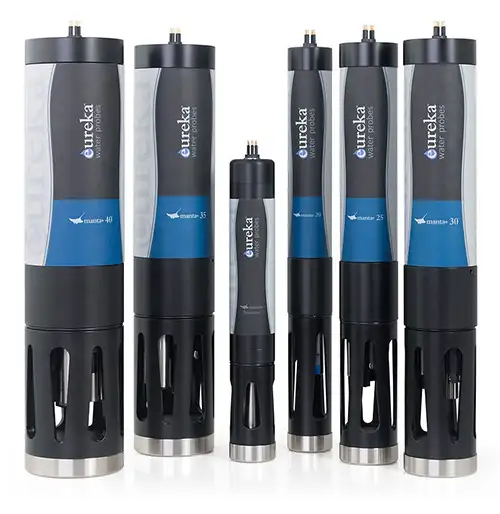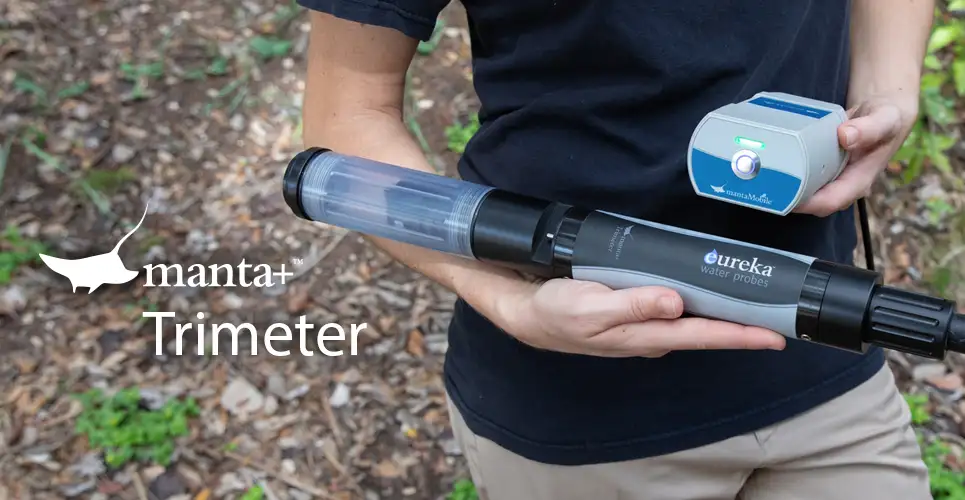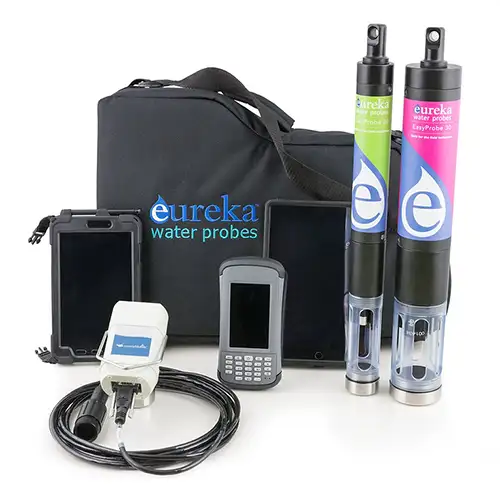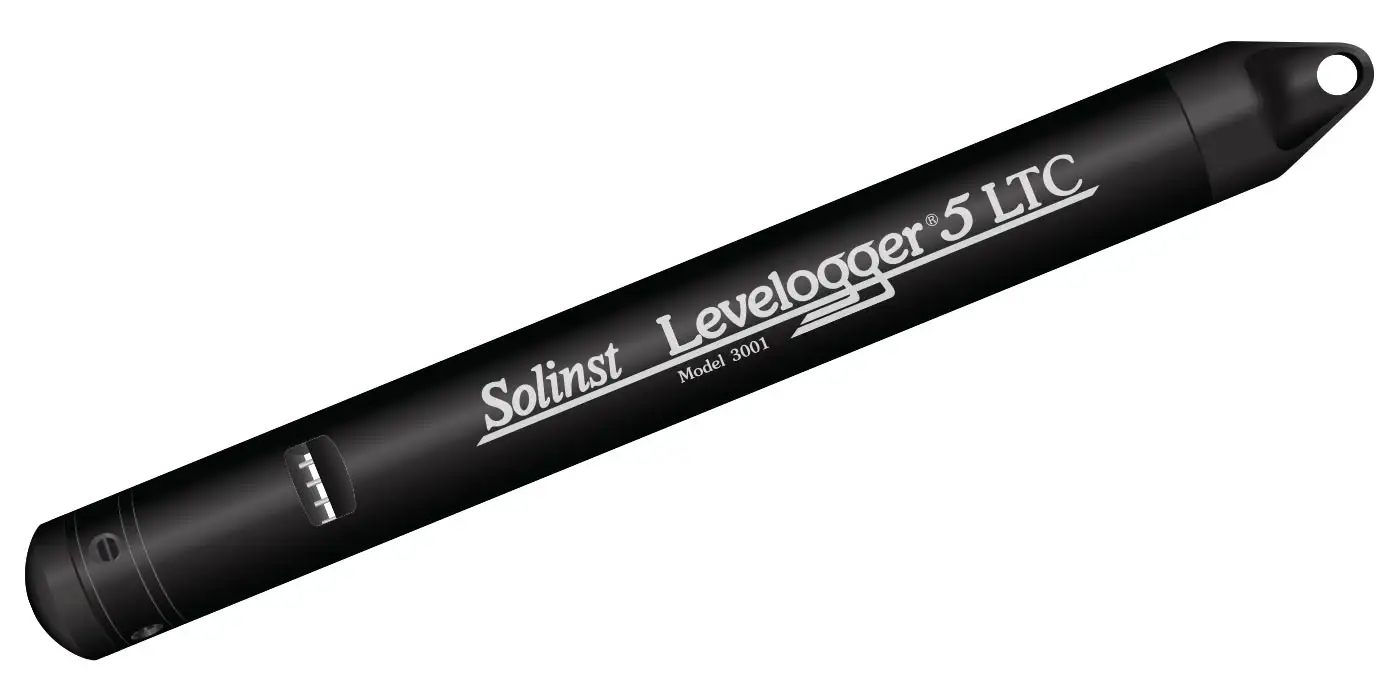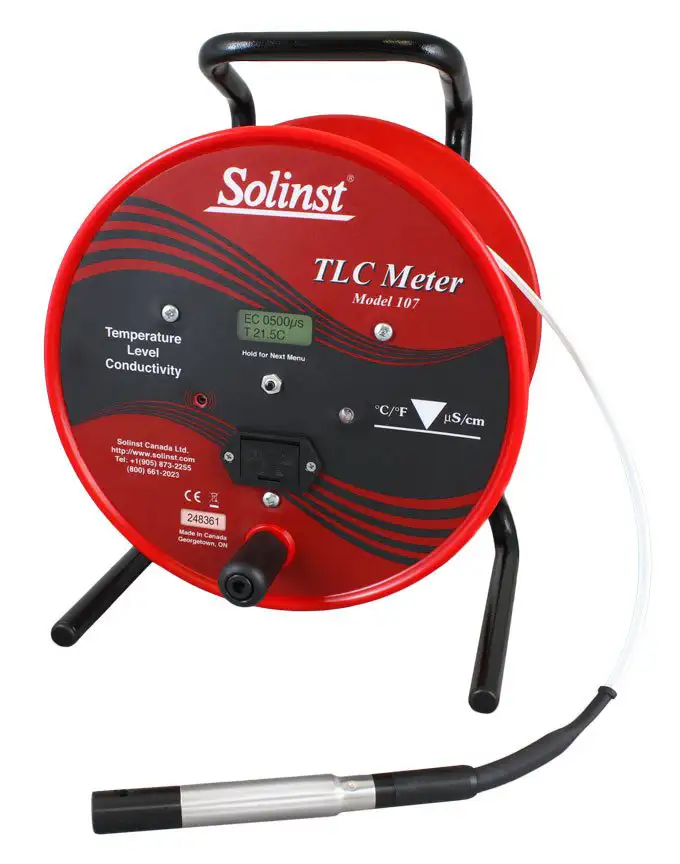C02 Carbon Dioxide Sensors: Water Quality Monitoring
Solinst Eureka
2113 Wells Branch Pkwy, Suite 4400
Austin, TX, USA
78728
Tel: +1 512-302-4333
Fax: +1 512-251-6842
email: [email protected]
Water Quality Probes
Solinst Eureka, a global leader in the design and manufacture of multiparameter water quality sondes.
Solinst Field Services
Safeguard your project’s success and mitigate any potential for downtime or additional costs.
Why would I want to measure CO₂?
Carbon dioxide can enter the water through multiple pathways. Some primary land sources can include decay of organic matter, dissolution of carbonate rocks, wastewater discharge, and watershed draining. Other natural sources include biological respiration, sediment diagenesis, or volcanic activity. A major source/sink of CO₂ is atmospheric exchange at the air/water interface. Simply, carbon dioxide gas dissolves in water.
An increase in CO₂ concentrations in water causes a drop in pH. As many biological, chemical, and physical processes are pH dependent, sudden or rapid changes in pH may have adverse effects on the regulation of these processes. Along with pH effects, high levels of CO₂ have been shown to be detrimental to the development of certain organisms such as finfish, shellfish and other calcifying organisms, including phytoplankton.
How is CO₂ Measured?
The Solinst Eureka C02 sensor combines a rugged design, ease of use and versatility, all in a single sensor package. The measurement of a gas dissolved in a liquid is facilitated by a semi-permeable membrane that allows gases to transfer from water into a gas head space where the measurement is made. The resulting value is output as a voltage from 0 – 5 volts, proportional to and representing an estimate of the amount of CO₂ gas in the water sample analyzed. The MantaPlus converts the output to %Sat, or ppm.
The range on the sensor can be custom set to maximize accuracy. The C02 sensor comes with a factory calibration.
Carbon dioxide gas dissolves in water: CO₂ (g) ↔ CO₂ (aq). According to Henry’s law of solubility, which states the solubility of a gas in a liquid is directly proportional to the partial pressure of the gas above the liquid, we can estimate the CO₂ concentration in water by measuring the partial pressure of carbon dioxide (pCO₂): pCO₂ = [CO₂] aq/Solubility. With current atmospheric CO₂ levels surpassing 400 ppm, compared with recorded values of ~300 ppm around 1960 (more than 30% increase), we expect seawater levels to have higher concentrations because carbon can be trapped within water layers. These isolated layers are limited from atmospheric equilibration/exchange leading to a buildup of CO₂ that can slowly diffuse across gradients or quickly mix through the water column.
What should I know about CO₂ measurement in the field?
MantaPlus multiprobes equipped with CO₂ sensors are used for research in a wide variety of applications – aquaculture, wastewater monitoring, reef monitoring, carbon capture storage, and bio-fuels, to mention a few.
For aquaculture farms, the MantaPlus with C-sense probe can easily be used to monitor, in both open water and tanks, to ensure that CO₂, along with other water quality parameters are within desired levels. Systems receiving data from the MantaPlus can warn aquaculture scientists of changing CO₂ levels within a farm.
Wastewater can often have high organic loading, which can result in rapid decay and production of p CO₂ upwards around 10,000 ppm, for certain holding ponds. Those CO₂ levels are 20x the typical CO₂ levels found in natural water. If leaked into natural waterways such as estuaries, rivers, or lakes, these systems and the organisms contained within can be greatly impacted, changing the dynamics or the productivity of that aquatic habitat.
Ocean acidification attributed to increasing atmospheric CO₂ levels can greatly impact organisms such as corals that highly depend on calcification for building reefs. Also, because of their proximity to land, anthropogenic eutrophication, which results in high degree of CO₂ loading, may significantly speed up the acidification process in a body of water, affecting and even degrading coral reefs. Monitoring reefs or rivers and other water flows that spill into near shore environments using a MantaPlus multiprobe equipment with CO₂ sensor, can give a good indication of expected change in a reef system. This can inform regulators to redirect, slow, or better control anthropogenic input to maintain the integrity of these habitats.
Carbon Capture Storage (CCS) is the action of pumping carbon dioxide into deep saline aquifers for the purpose of removing carbon from surface waters or the atmosphere. These deep waters are isolated from carbon exchange deeming them one of the major sinks for CO₂. The aquifers can reach up to 10% CO₂ (100,000 ppm), more than 200x atmospheric levels. To ensure the CO₂ remains at depth, monitoring of aquifers, ground and surface waters is critical. The MantaPlus with CO₂ sensor is a low-cost and robust detection tool for ensuring CO₂ remains sequestered.
The bio-fuels industry utilizes atmospheric CO₂ to grow algae on a large scale for production of fuels. To appropriately set up an algal farm, in situ p CO₂ measurements need to be made during pilot-scale testing to determine optimal levels for growing algae, maximizing the farm’s efficiency or algal productivity. Once a farm is up and running, CO₂ loss also needs to be regulated to comply with carbon emission laws set for this type of an industry. The large-scale nature of these farms leads to large scale changes for in situ pCO₂ which can be easily and accurately detected using The MantaPlus multiprobe equipped with CO₂ sensor.
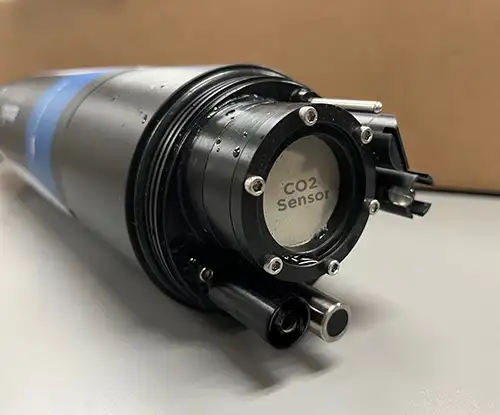
CO2 Sensor Integrated Into a Manta+35 Probe
C02 Carbon Dioxide Sensors for
Water Quality Sondes
- Range
0-50 ppm
0-2,000 ppm
0-5,000 ppm
0-10,000 ppm - Accuracy
±3% of full scale - Resolution
0.1 ppm - Units
ppm - Maintenance
cleaning - Sensor Life
5 years - Sensor Type
Carbon Dioxide
Features of Solinst Eureka’s C02 Sensor
Solinst Eureka’s CO₂ sensors are the best of their kind for portable, water-quality instruments. Although it is a large sensor, it may be installed in the MantaPlus 40 multiprobe along with other sensors such as dissolved oxygen, pH and conductivity. If only CO₂ is needed, the sensor may be installed on a smaller probe. Eureka’s multiprobes can be configured with battery backs for autonomous self-powered deployment, used with field displays for site-to-site spot checking, or connected to data telemetry stations for real-time remote monitoring. Solinst Eureka sondes are portable, durable, and cost-effective.
Related Products
Manta Series Water Quality Probes
Solinst Eureka offers the largest selection of water quality sensor technologies in the industry. So in addition to standard configurations, each probe may be customized for your specific application. Pick sensors of your choice to fully populate larger probes, or add a battery pack to convert a probe to a logging device.
Manta Trimeter Water Quality Probe
The Trimeter holds any one sensor* from the Sensor Parameters list, Plus temperature and depth sensors (both are optional). For example, a Trimeter configuration could be turbidity, temperature, and depth. Another example could be DO and temperature.
EasyProbe: Water Quality Sondes
The EasyProbe, by Solinst Eureka, is a high-performance, cost-effective water quality monitor. It's ideal for spot-checking, remote telemetry, education, research, aquaculture, and more. The EasyProbe20 includes sensors for temperature, dissolved oxygen, conductivity, and pH, while the EasyProbe30 adds a turbidity sensor. Eureka multiprobes are known for their reliability, with a three-year warranty covering all sensors, and have the lowest maintenance costs in the industry.
Water Level, Temperature & Conductivity Datalogging
The Levelogger 5 LTC measures and logs water level fluctuations, temperature and conductivity. It is programmed to record at intervals as often as 2 seconds. It includes an 8-year battery, memory for 100,000 sets of readings, and comes in 6 pressure ranges. A PFAS-free coating (inside and out) provides superior corrosion and abrasion resistance.
TLC Meter – Measure Accurate Temperature, Level & Conductivity
A TLC Meter provides accurate, stable temperature and conductivity measurements, displayed on a convenient LCD display for easy reading. Static water level and depth of readings are read off Solinst flat tape, which is precisely laser-marked every mm or 1/100 ft. Tape lengths are available to 300 m (1000 ft).

